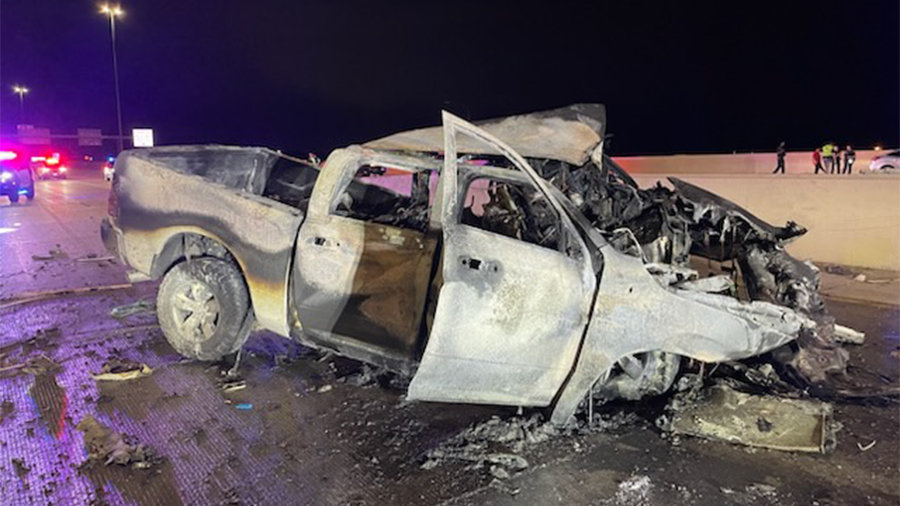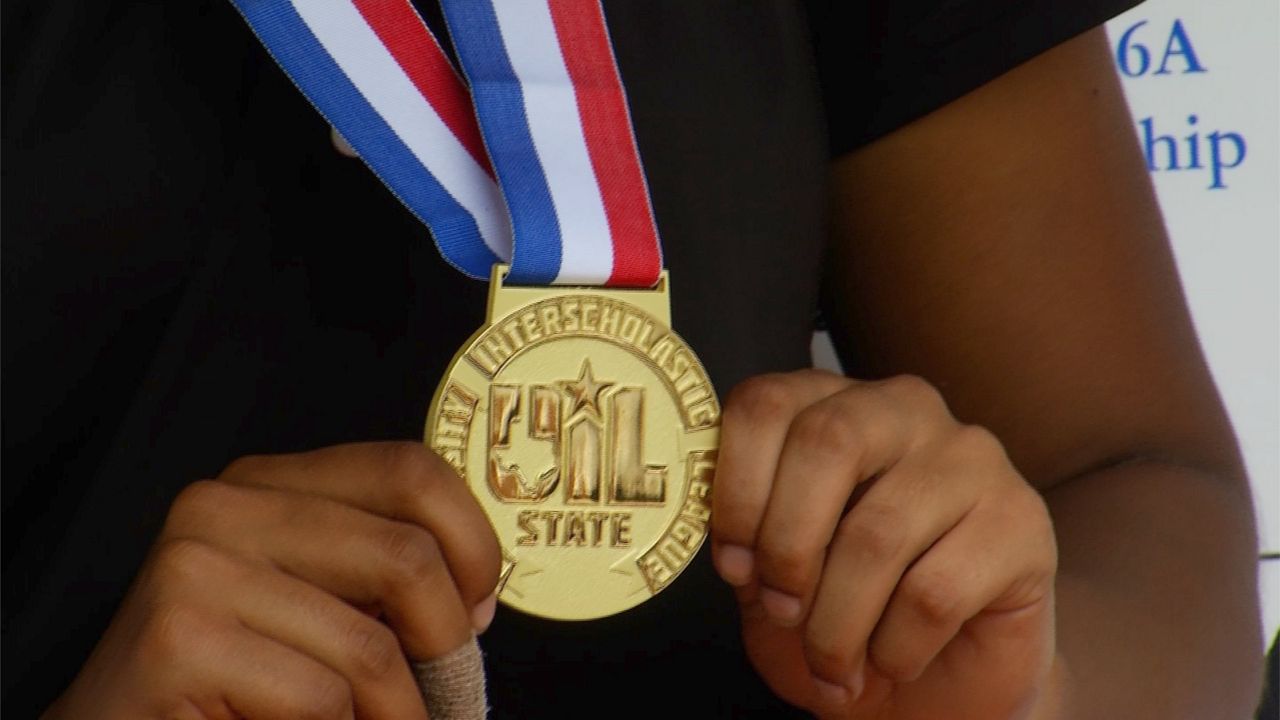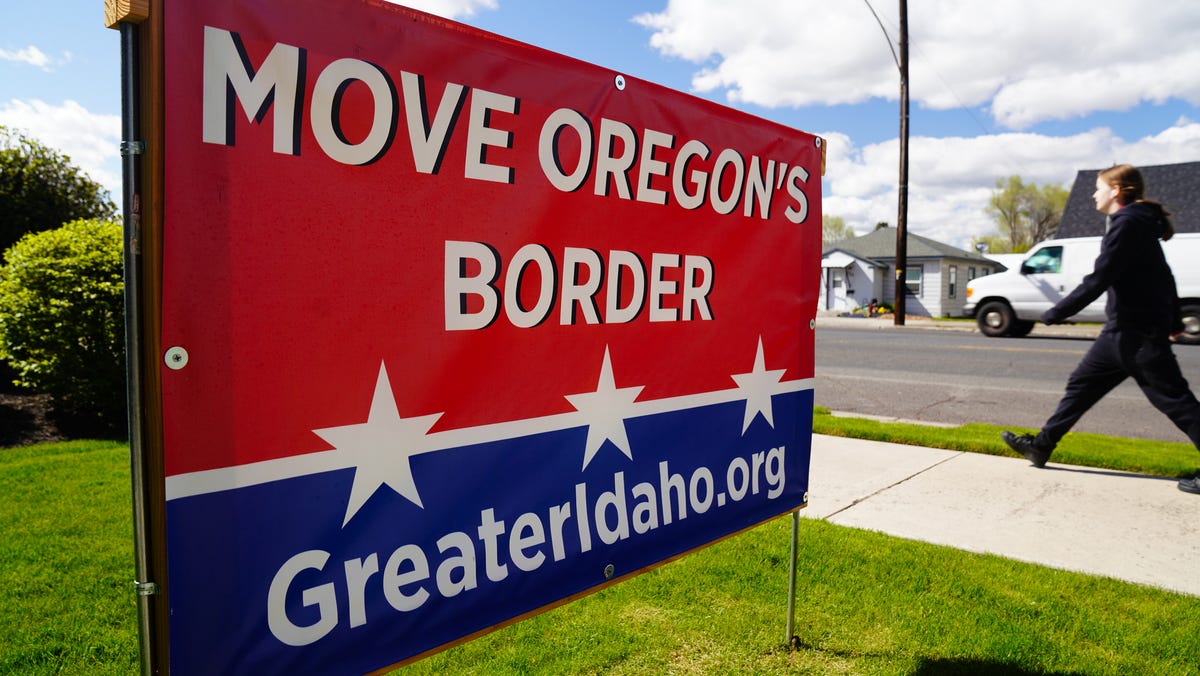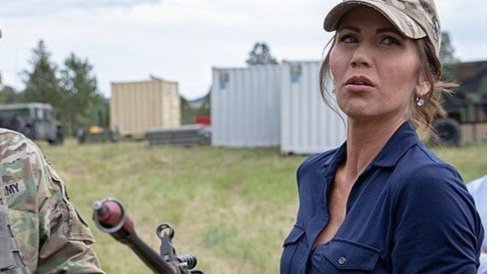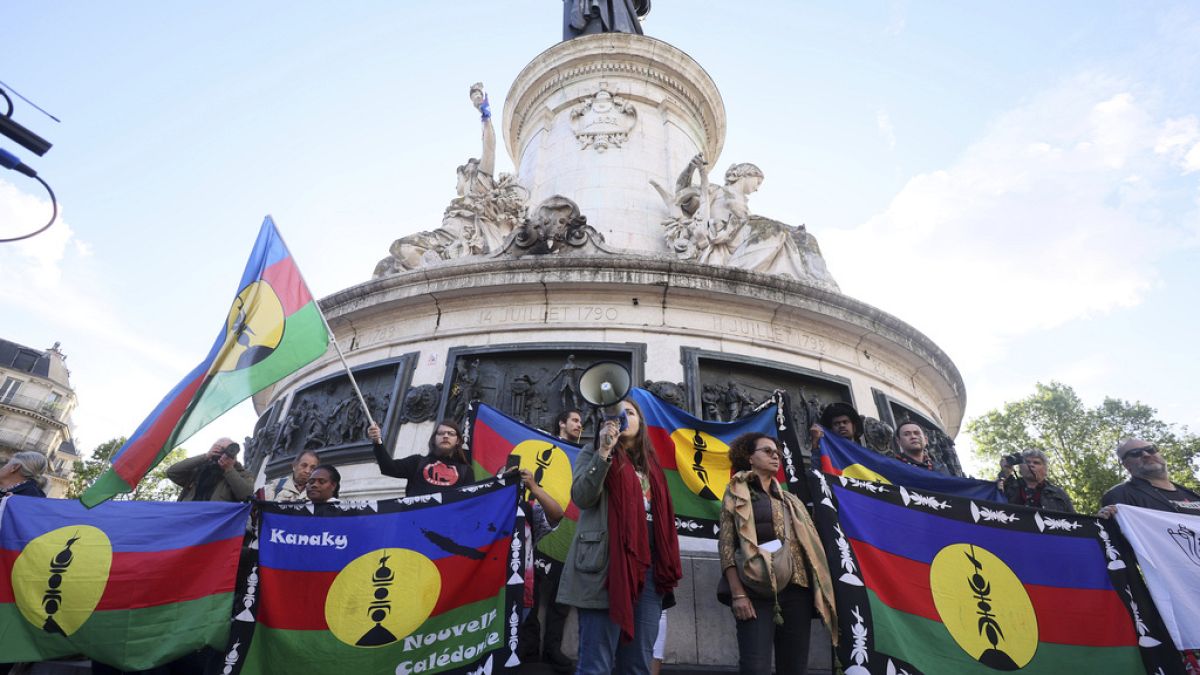STURGIS, S.D. – Jayda Hammer is precisely the type of person that Sturgis Motorcycle Rally managers are targeting as they try to develop the next generation of rally attendees to keep the event rolling for another 50 years or more.
Hammer is a 19-year-old woman from Aberdeen whose extended family has a long history of riding motorcycles. She and her mother, Crystal Hammer, strolled around Sturgis during this year’s rally and Jayda even took a “really cool” cycle ride with her grandfather through the morass of motorcycles and leather-clad bikers on Main Street.
When asked if she could see herself at the rally as an older adult, Jayda could only muster a meek “maybe?”
“I don’t know,” Jayda told South Dakota News Watch. “I just don’t like big crowds.”
People are also reading…
Rally organizers, who saw attendance fall dramatically and then taper off since the seminal 75th rally set a record of roughly 750,000 rally-goers in 2015, have been trying for several years to build interest in the event and the motorcycling lifestyle among a more diversified audience beyond the middle-aged white men who dominate the rally now.
Attendance at the annual August event, which generated an estimated $785 million last year in overall revenue for the city and state, has dropped by a third since the 75th and fell by more than 9% from 550,000 in 2021 to 505,000 in 2022, according to estimates.
More bad news arrived on Aug. 8 when the South Dakota Department of Transportation reported that traffic entering Sturgis during the first four days of the 2023 rally was down more than 16% compared with the five-year average. DOT said that 194,851 vehicles were counted entering Sturgis at nine locations so far this year, compared with the five-year average of 232,353 vehicles.
Without question, the rally remains a major U.S. and even global tourism event and a draw for hundreds of thousands of visitors who this year once again fill streets, restaurants, campgrounds and hotels across the Black Hills region.
Rally officials are trying to attract young adults, women, foreigners, ethnic and racial minorities and people who don’t ride motorcycles. The goal is to build a future beyond the current aging attendees who someday will permanently park their Harleys.
So far, there is no single path forward to preserve the long-term future of the 10-day annual rally, now in its 83rd rendition.
“I know that being downtown now there seems to be a large older demographic, which is a concern for the city and has been for the last several years,” said Beka Zerbst, president of the Sturgis City Council. “But we take that 30,000-foot view about what the rally will look like in five, 10 or 20 years, and what we can do today to ensure its continuation and continued success.”
Nathan Tower, 24, and his 29-year-old sister, Kaleigh Decknick of New Hampshire, became acquainted with the rally when their father was stationed at Ellsworth Air Force Base when they were children.
A young rider from California smiles while riding in traffic during the 2023 Sturgis cycle rally. Rally officials are hoping to attract more young riders to the annual event.
“It’s more of a sentimental thing this year between me and my old man,” he said.
This year, the rally has welcomed Rapid City-based Strider Bikes to Sturgis to provide bicycle instruction for children and the city has partnered with South Dakota motorcycle builder Laura Klock and Mitchell Technical Institute in a program where engineering students will build custom cycles for an auction.
A 2022 rally survey showed the average age of attendees was 50.8 years old compared with 53.5 years old in 2017.
Officials have also worked to expand the offerings of the rally, said Deb Holland, spokeswoman for the city of Sturgis.
Over the past few decades, the rally has evolved into a multi-faceted event with all-inclusive campgrounds, concerts, organized cycle rides and expanded food offerings.
“It’s more of a participatory event instead of just sitting back and looking at bikes and riders,” Holland said.
Extensive efforts have been made to bring more women to the rally, and leaders are trying to revive international interest in the rally.
Now that the pandemic has eased, Finland resident Harri Naukkarinen, 63, and his 54-year-old brother Ari Naukkarinen, decided the time was right for a bucket-list bike trip across the U.S.
“It’s pretty crazy here, and very loud. But this is great,” Harri Naukkarinen said.

Bikers flow in a line from Bear Butte State Park on Aug. 6 at the start of the 2023 Medicine Wheel Ride aimed at drawing attention and funding to help missing and murdered Indigenous women.
The rally has also become a more welcoming place for Native Americans, according to some Natives, who make up about 10% of the population of South Dakota.
On Aug. 6, the fourth annual Medicine Wheel Ride was held to develop fellowship among Native bikers and draw attention to the long-standing problem of missing and murdered Indigenous women.
Wilson Price and Tina Perez of Arizona said it’s is an important way to generate greater focus and funding on trying to find missing Indigenous people.
“When riding, you think about all these missing people, and how their families lost their loved ones and they’re still missing,” said Price. “There’s hope, there’s hope. And without awareness they’re forgotten and we’re trying not to forget them.”
The growth of the Medicine Wheel Ride is an indicator that Native American views of the rally are changing, even if slowly, said organizer Lorna Cuny.

Tina Perez and Wilson Price said they felt welcomed as Native Americans who came to the 2023 Sturgis Motorcycle Rally from Arizona. The two were at Bear Butte State Park on Aug. 6 to participate in the Medicine Wheel Ride.
“It felt like it was kind of exploitative of these sacred sites, but through education, that has changed some,” Cuny said. “Sturgis has grown into such a huge event, and there’s no way we can stop that. But if we can be part of that and educate people, that seems like a better approach.”
When the 2023 rally ends, organizers will hold a summit to look back at what worked and what didn’t, and moreover to look for ways to continue to understand and grow the rally audience.
One forward thinker at a city meeting theorized that someday rally goers may arrive at Sturgis in electrically powered motorcycles with the classic Harley-Davidson rumble sound blaring from a speaker.
“Lord willing, someday maybe my grandchildren will put me in their little sidecar and drive me around Sturgis,” Zerbst said.
See Rapid City Journal photography from Sturgis, South Dakota’s biggest annual event.
This article was produced by South Dakota News Watch, a nonprofit journalism organization located online at sdnewswatch.org.



